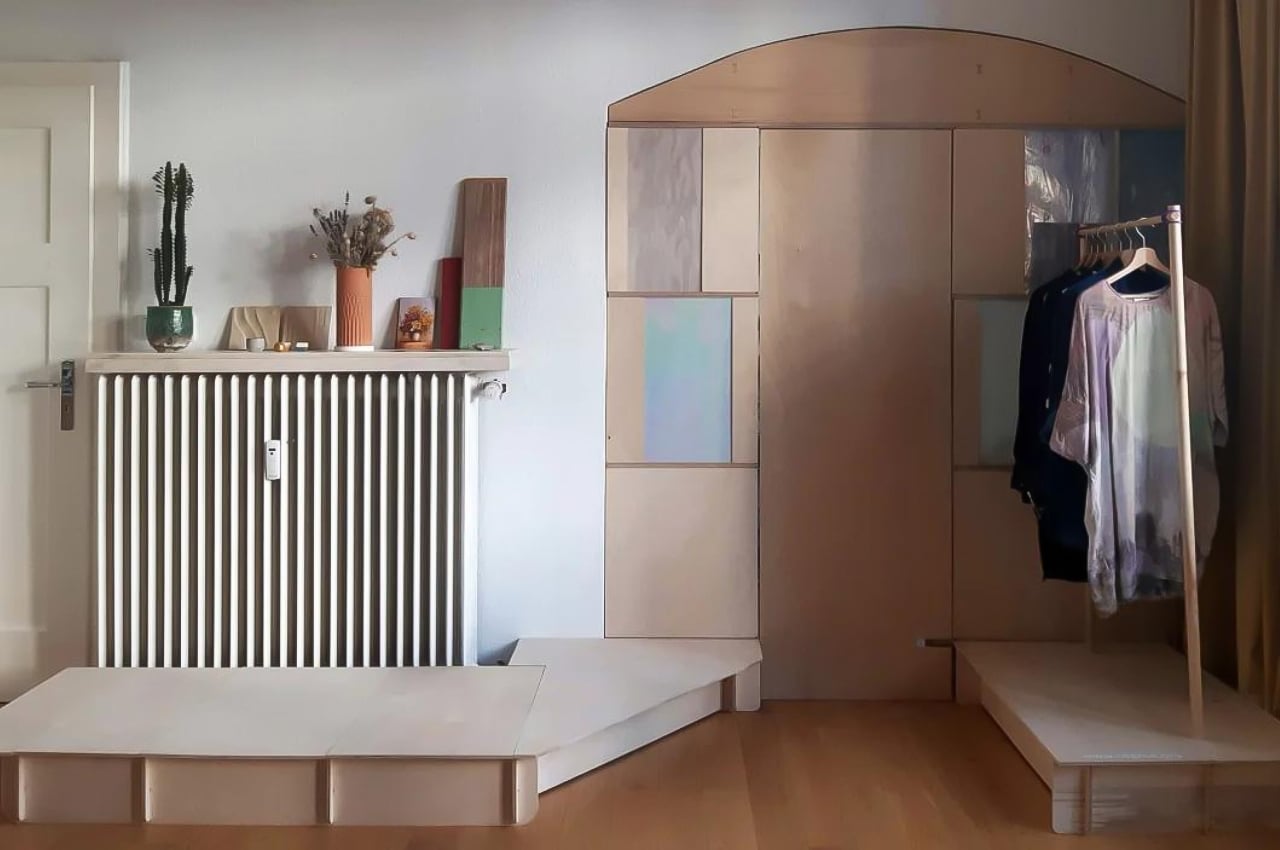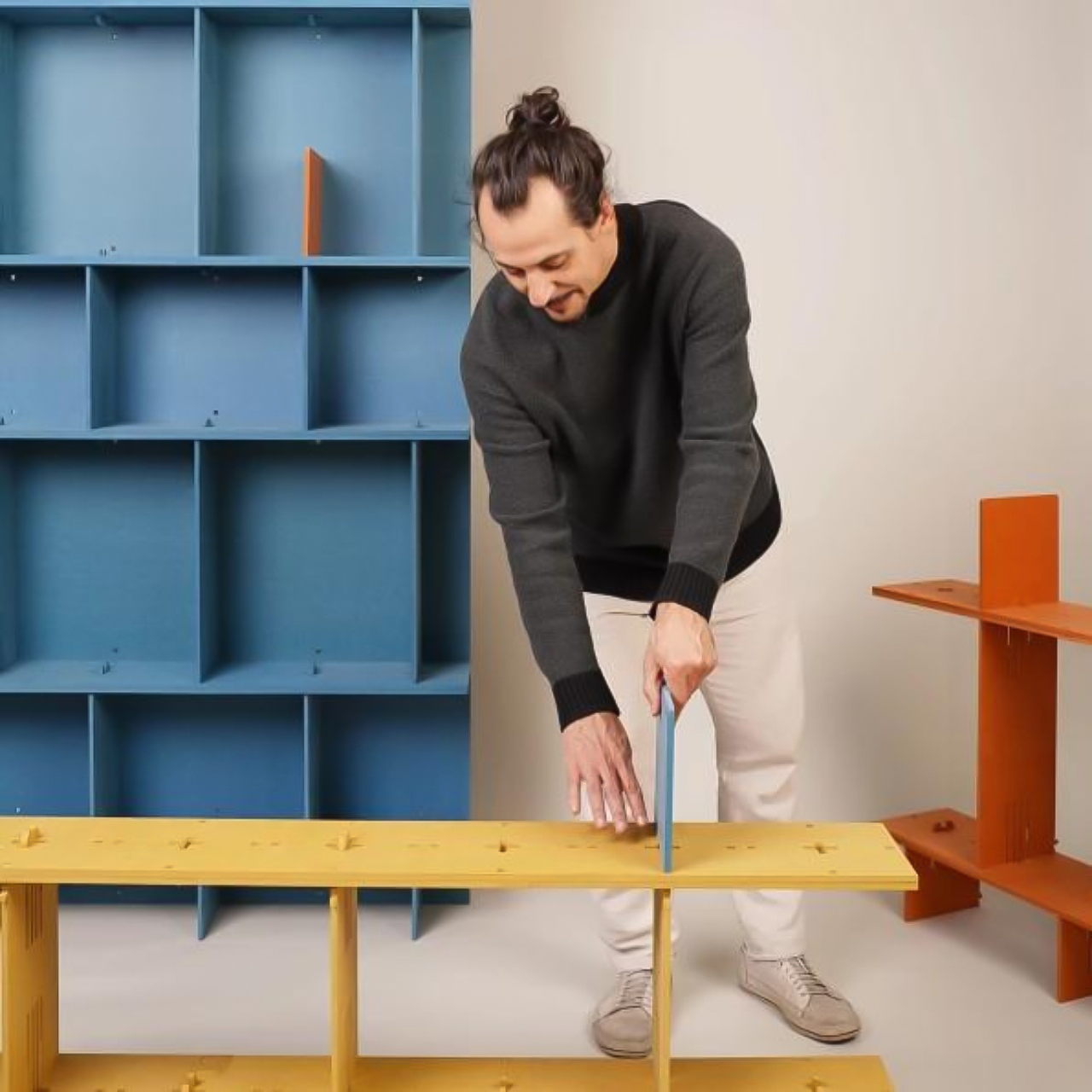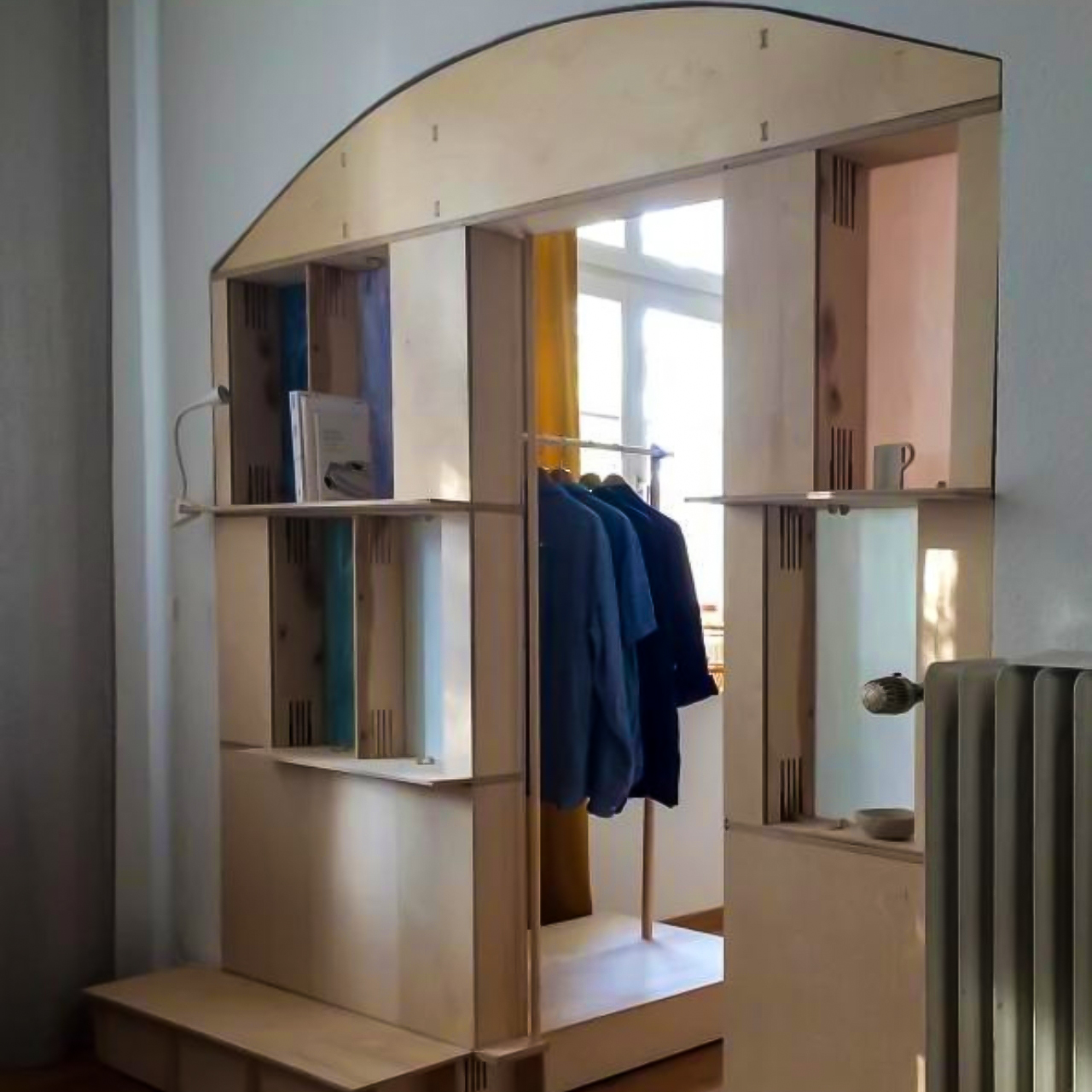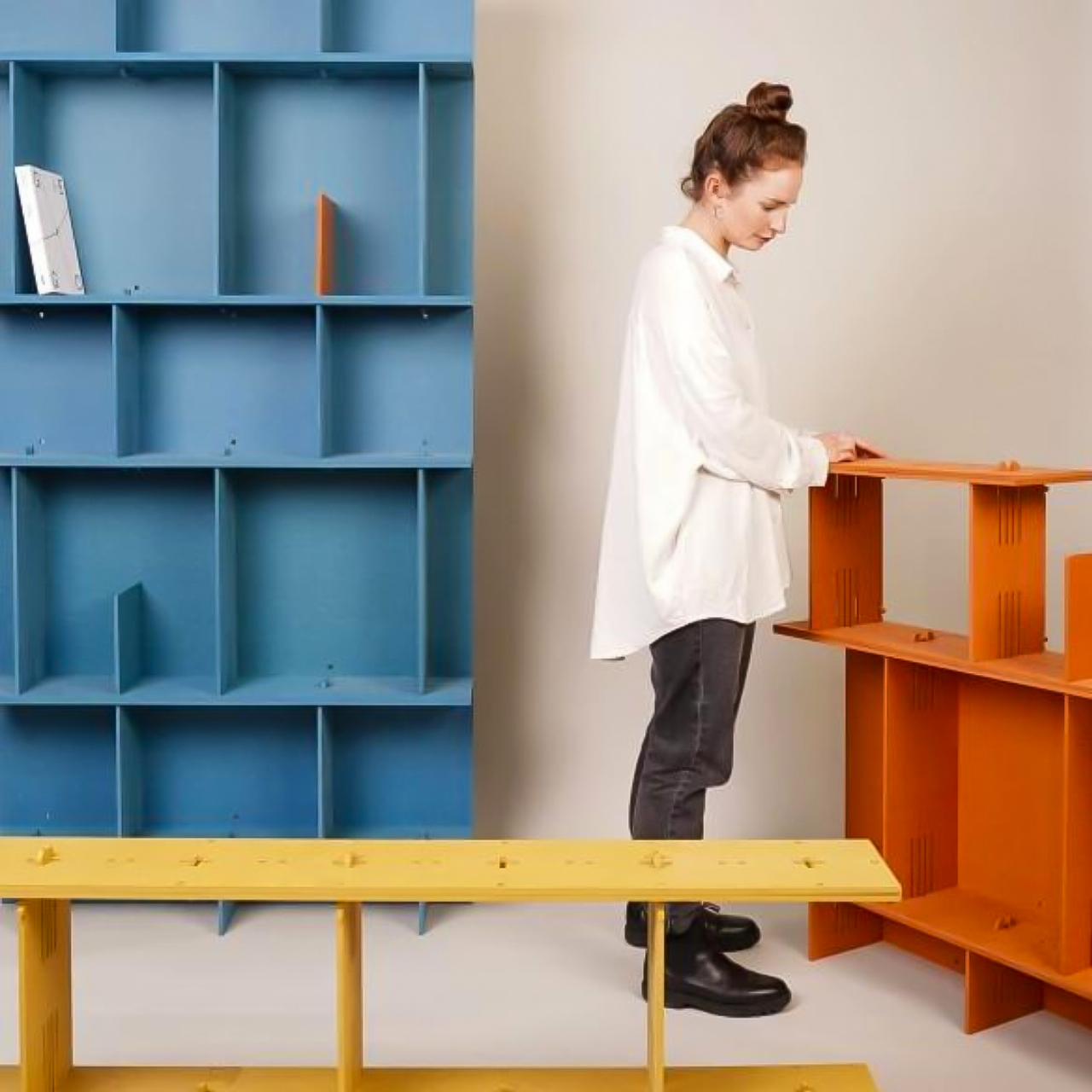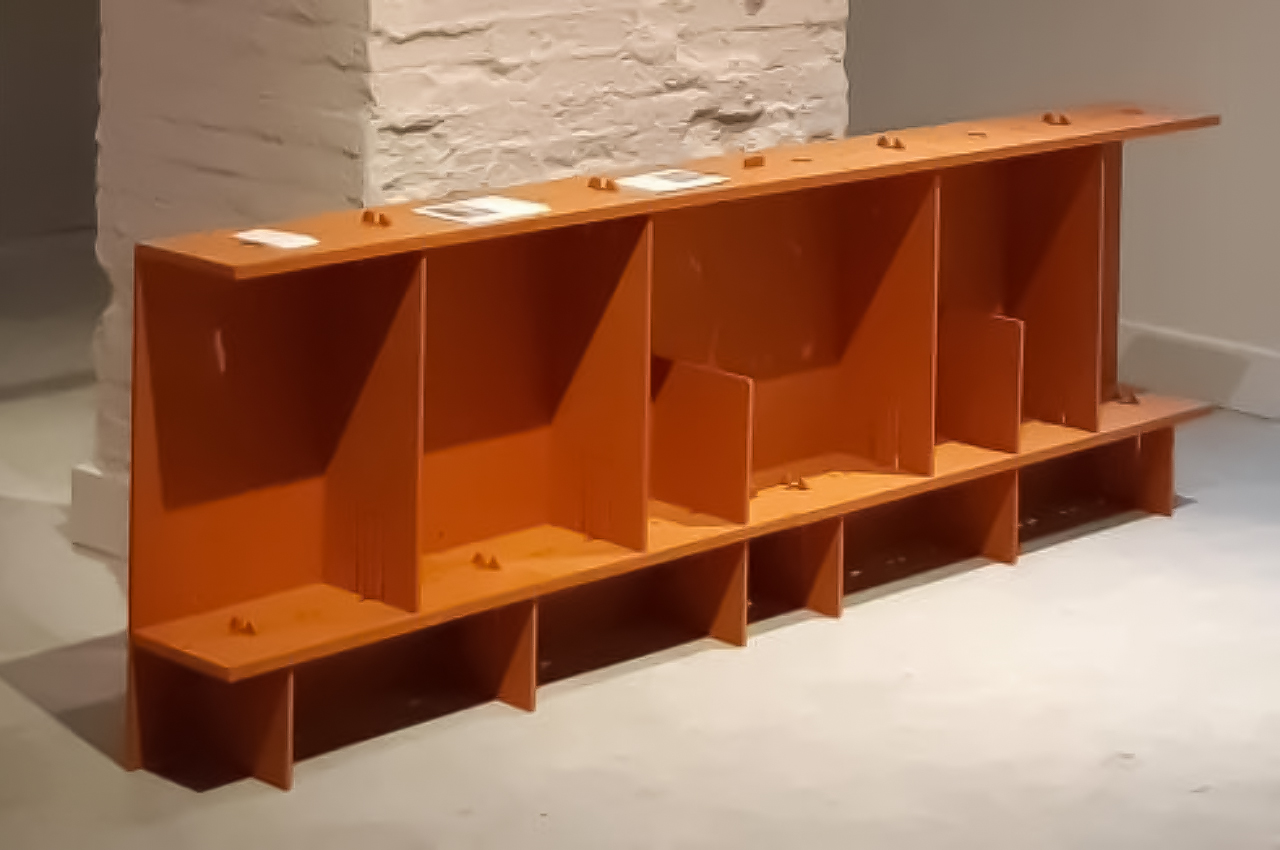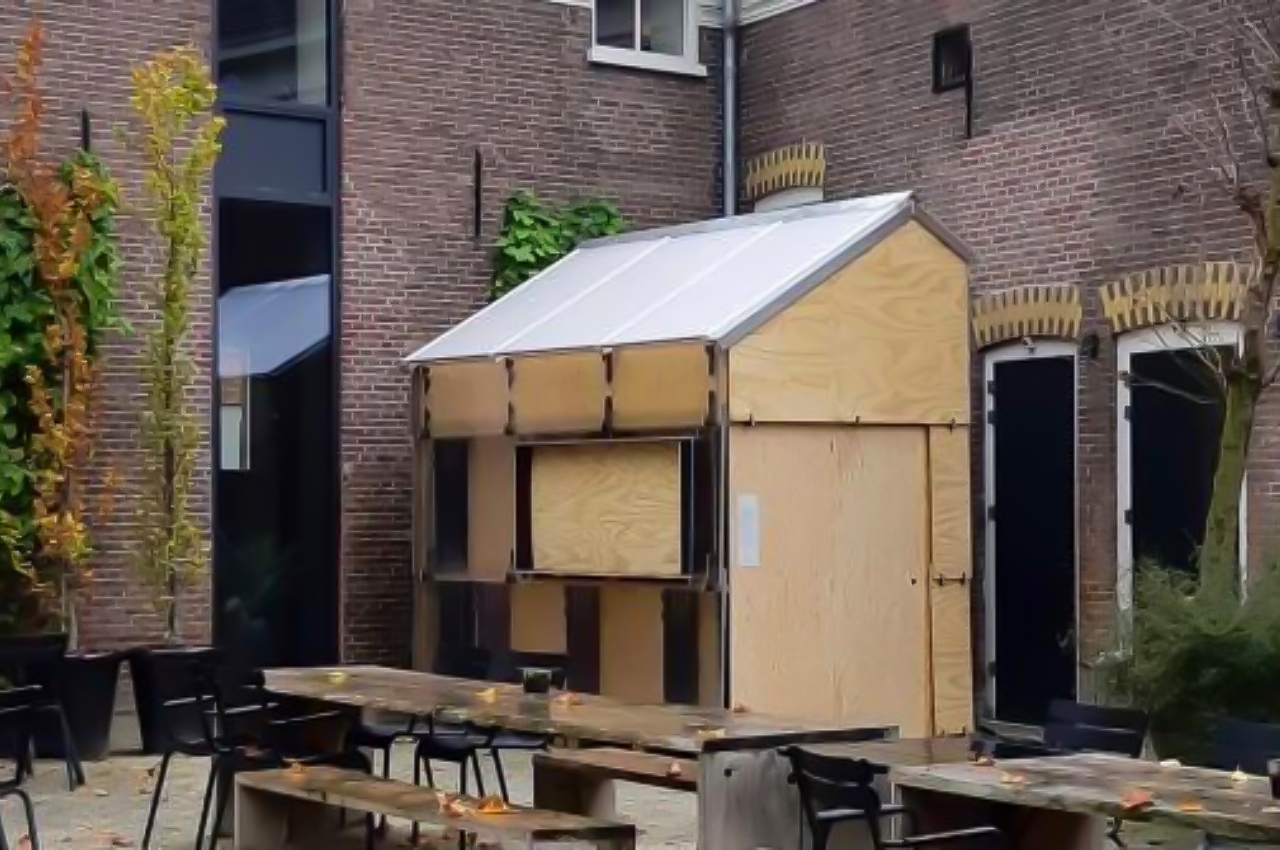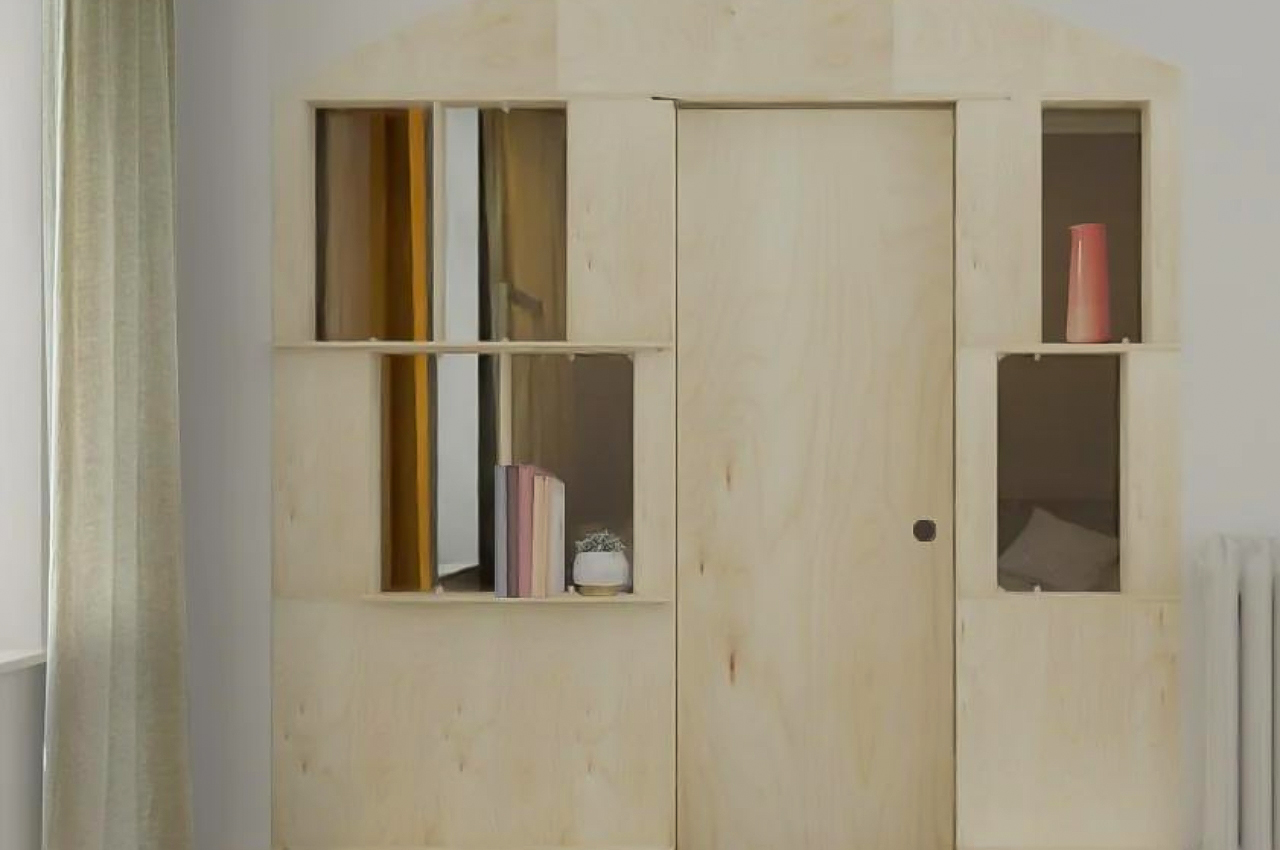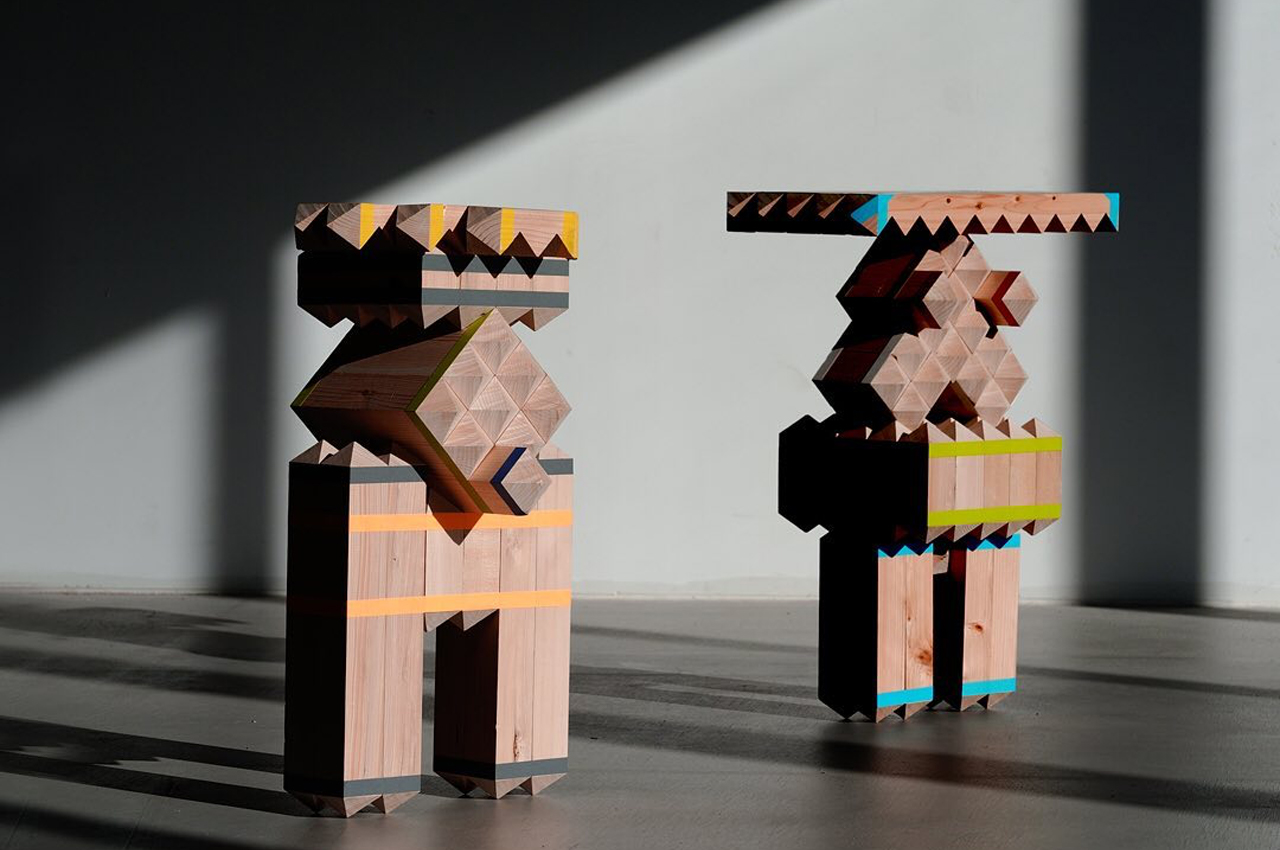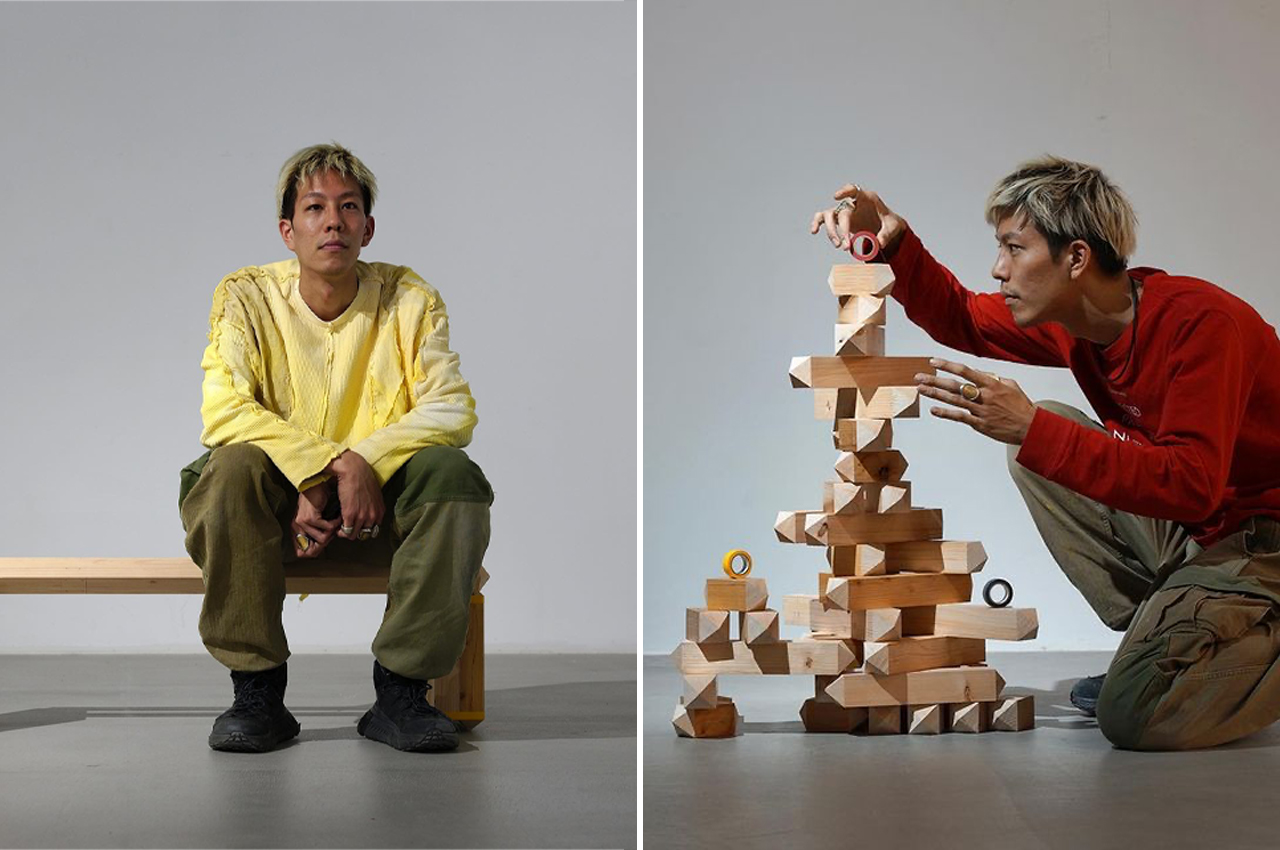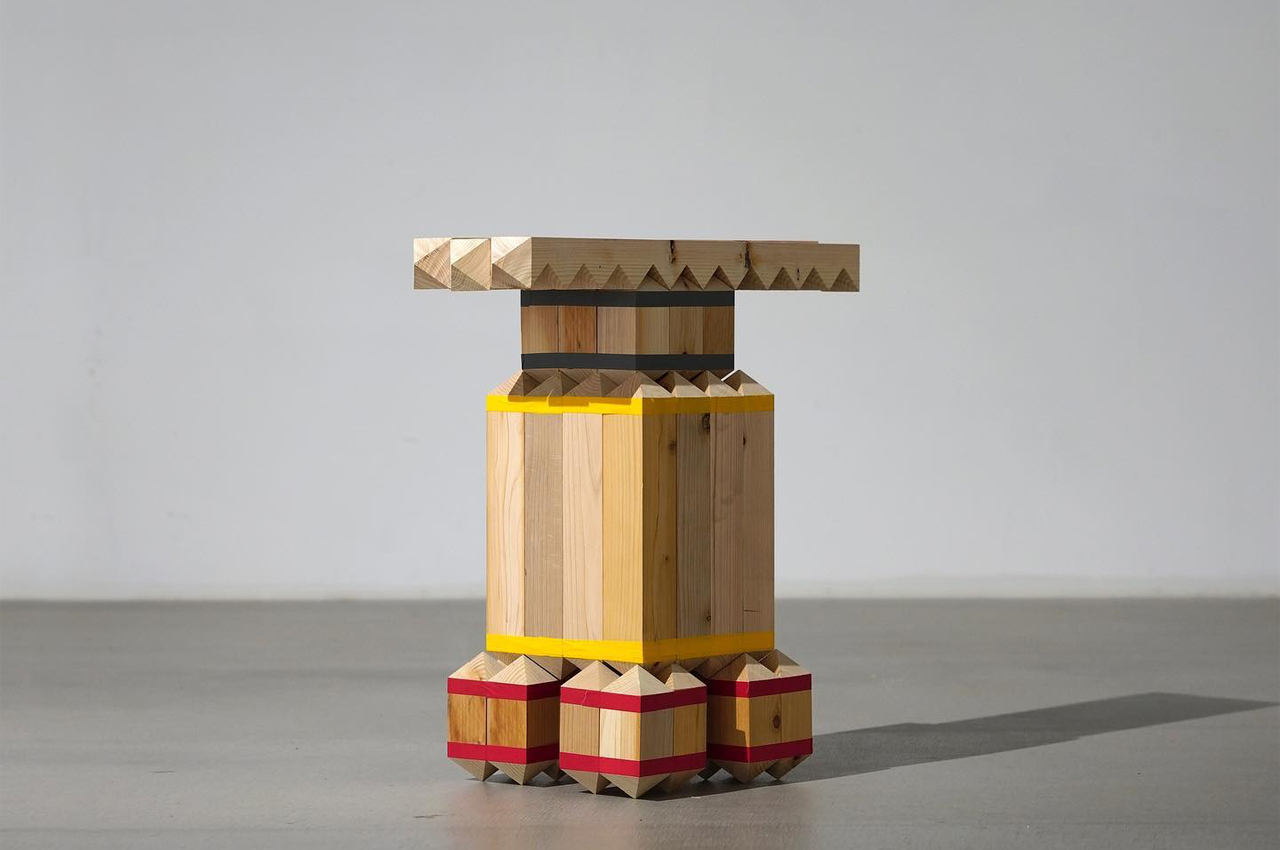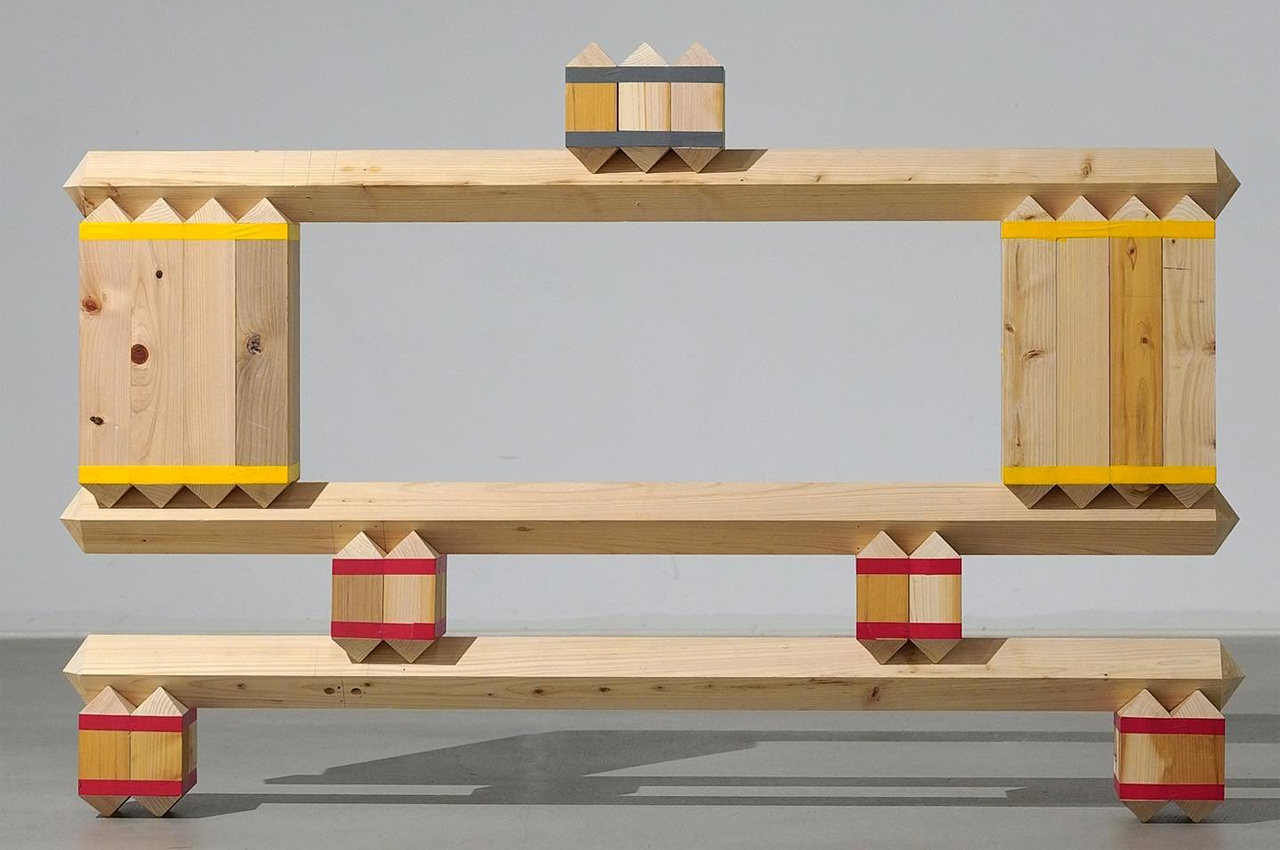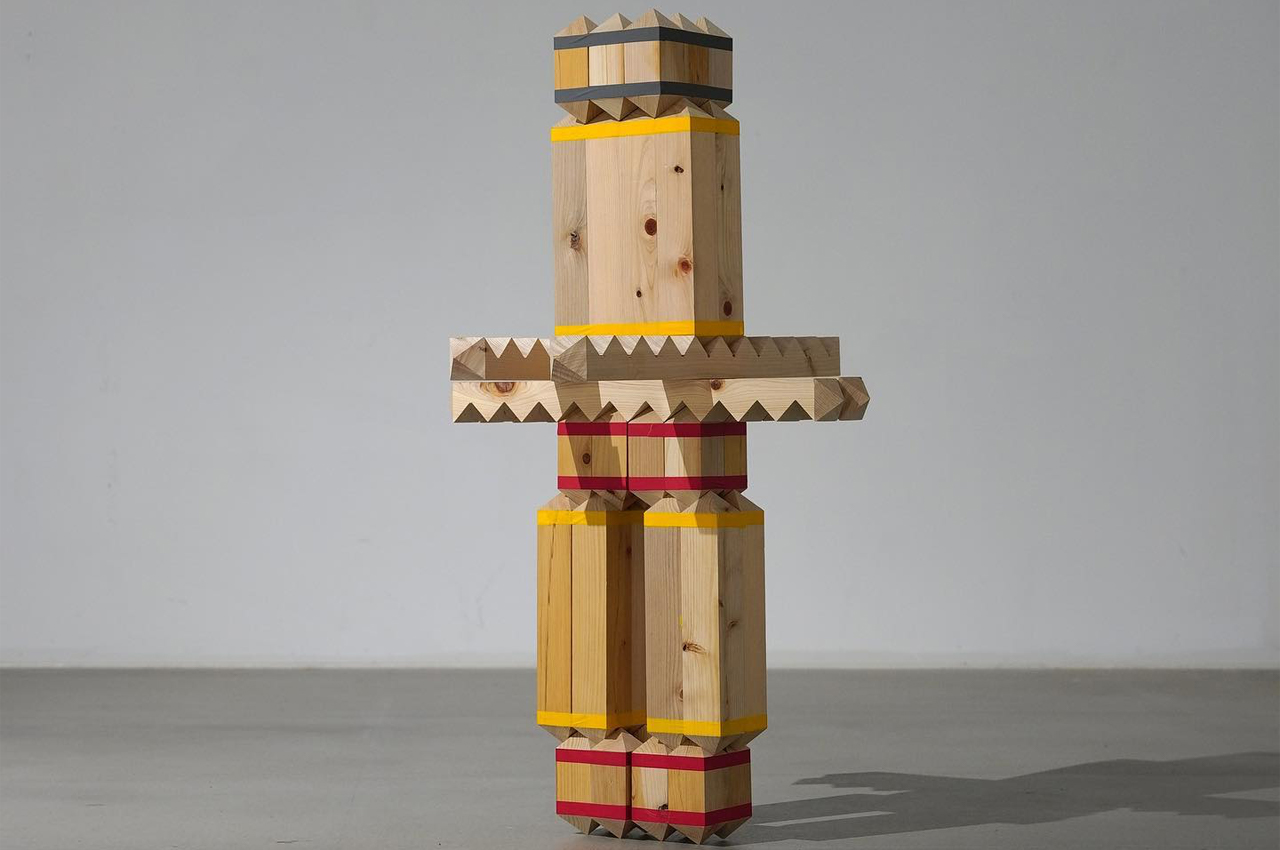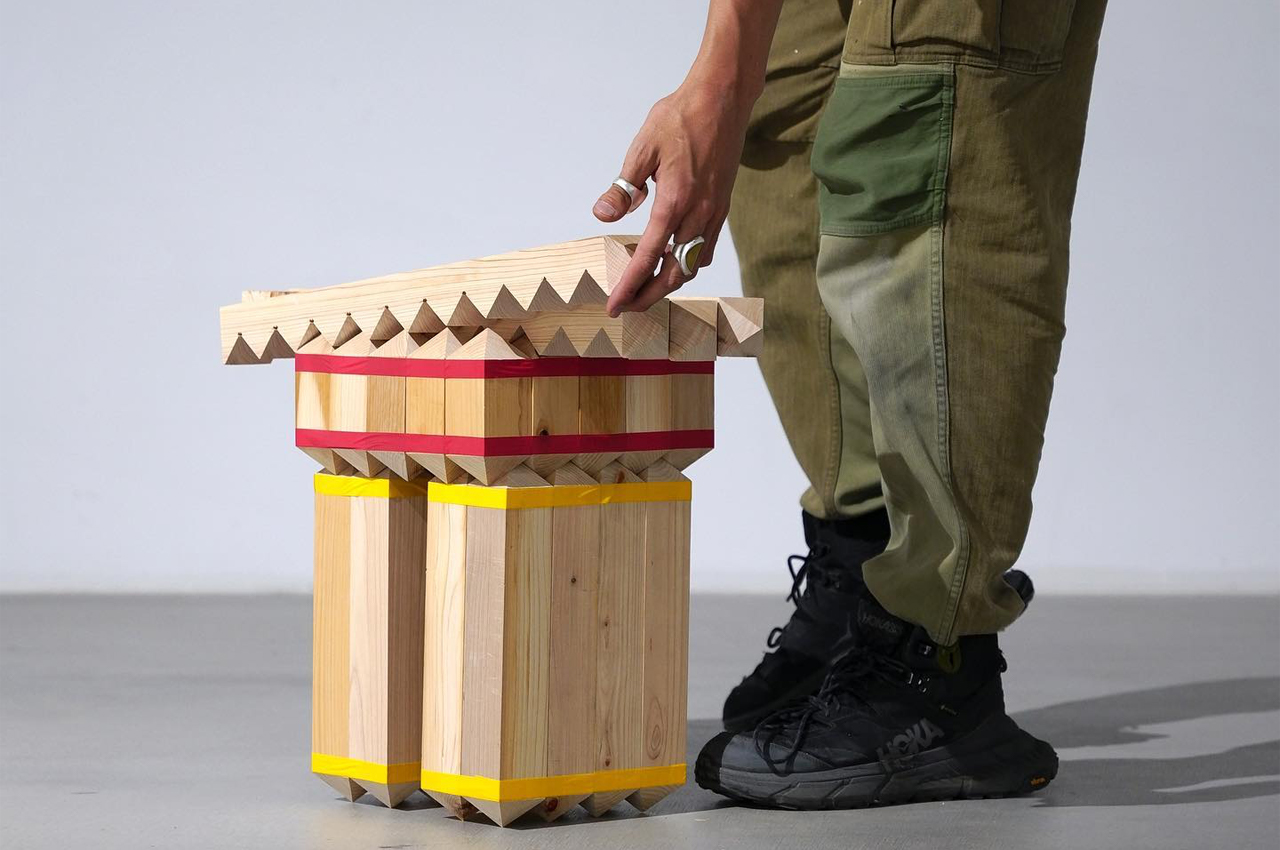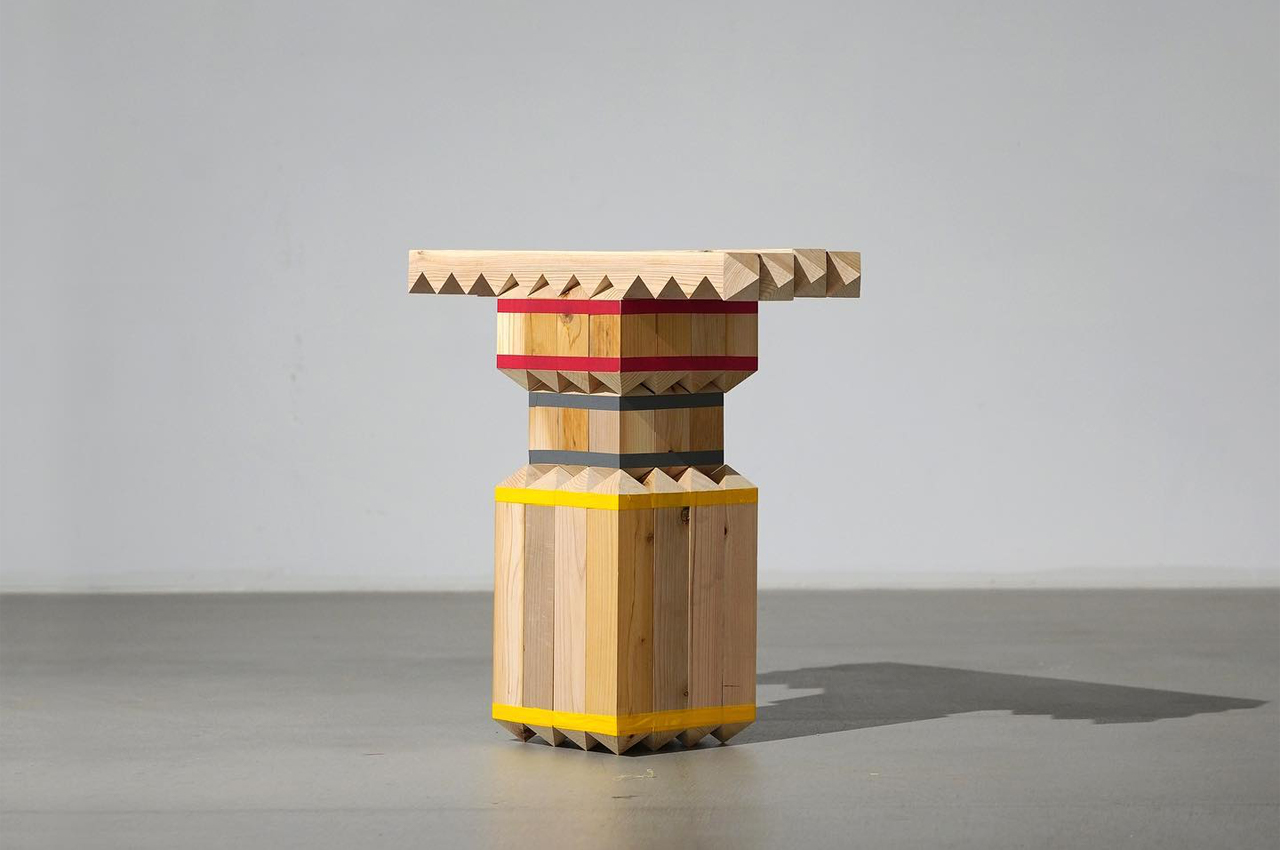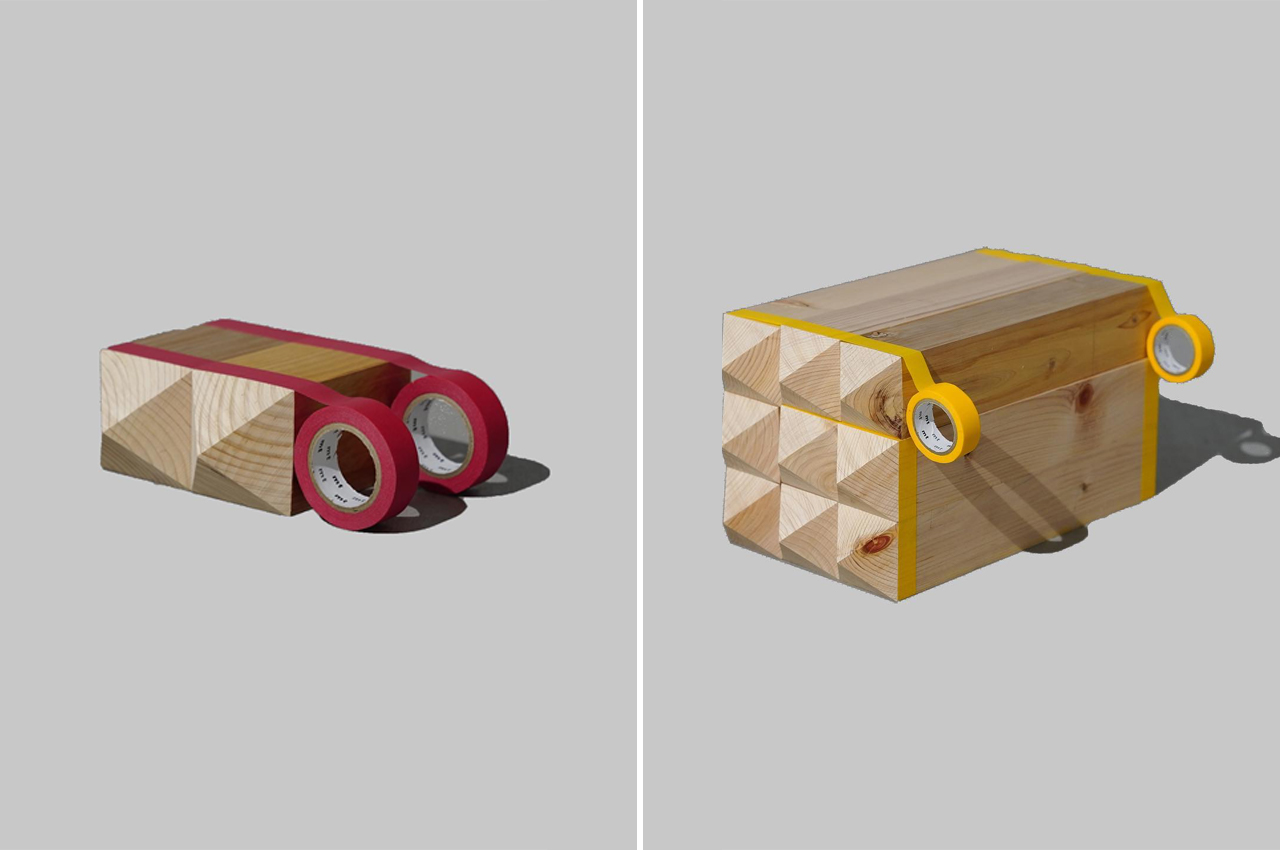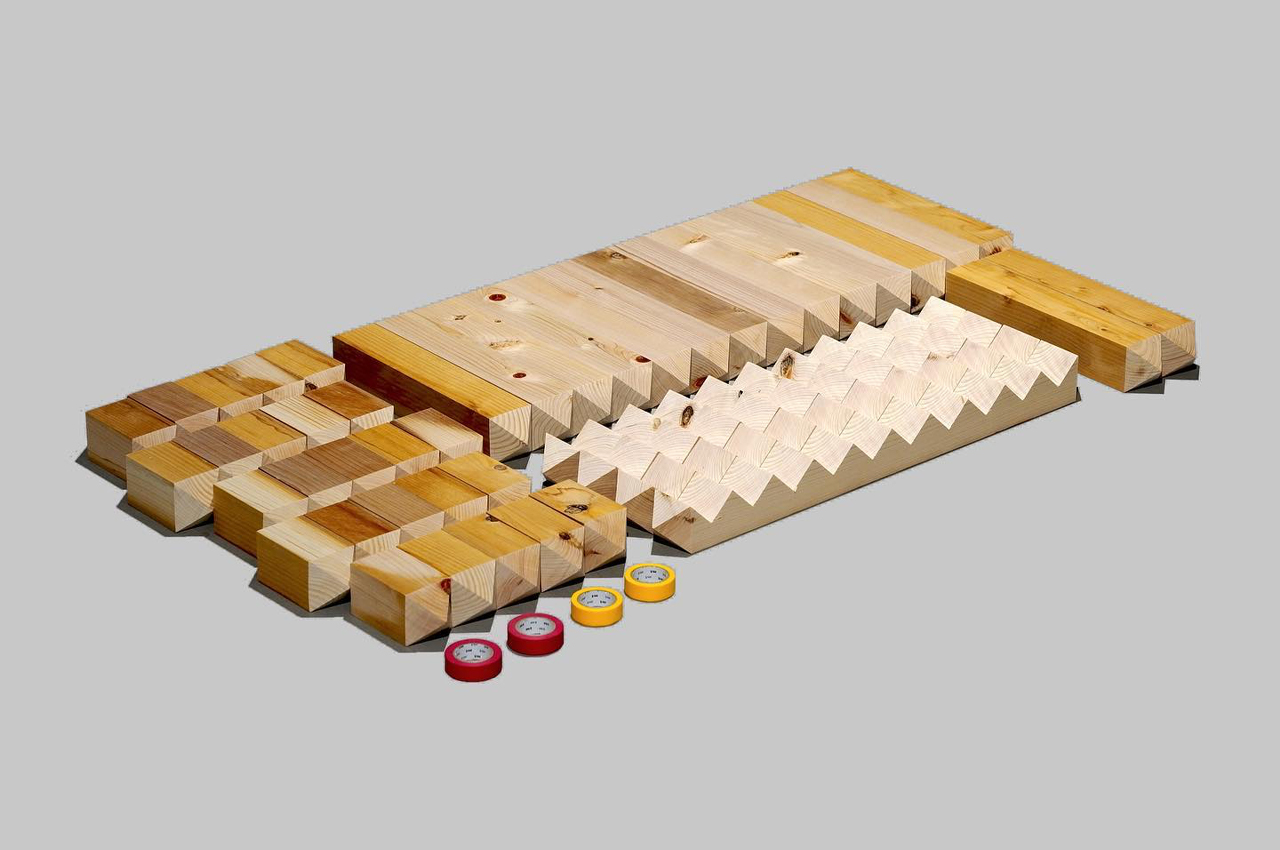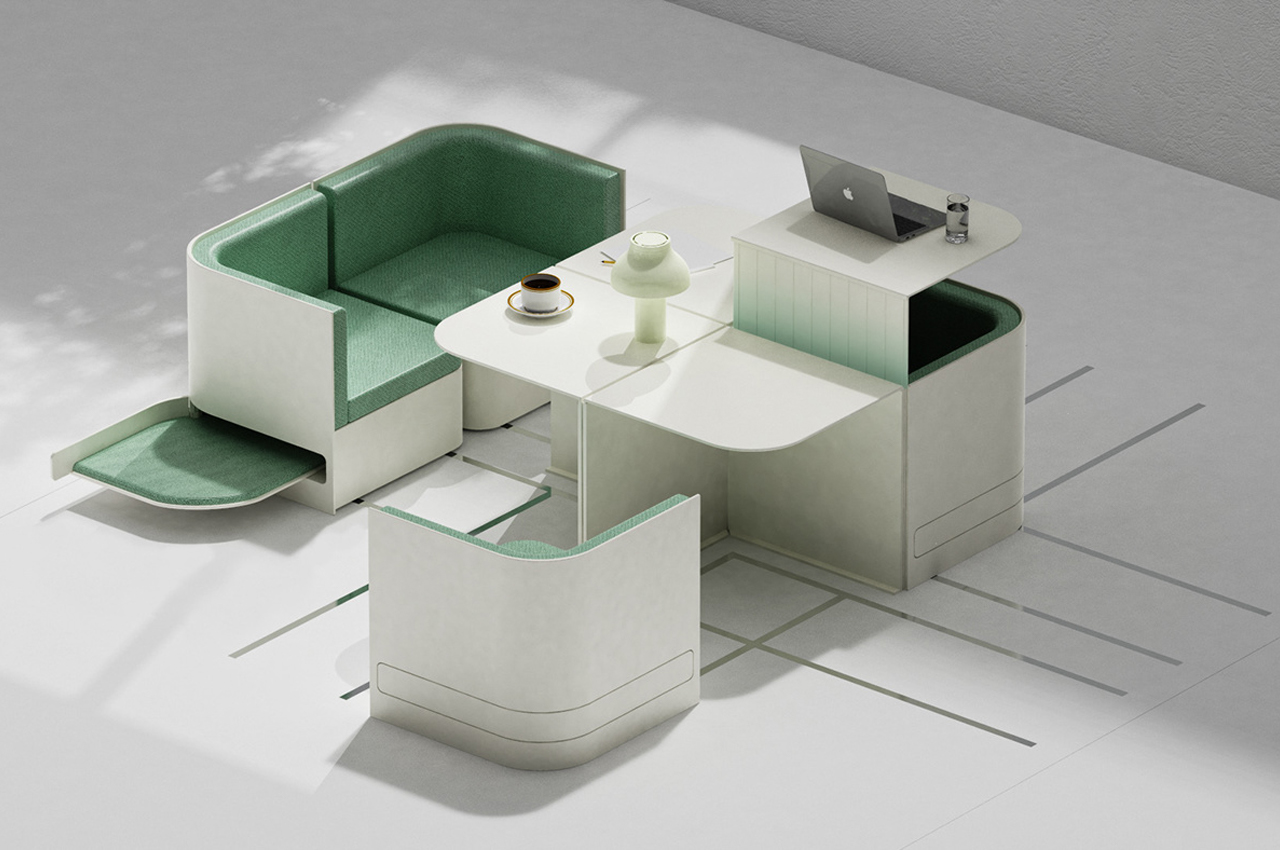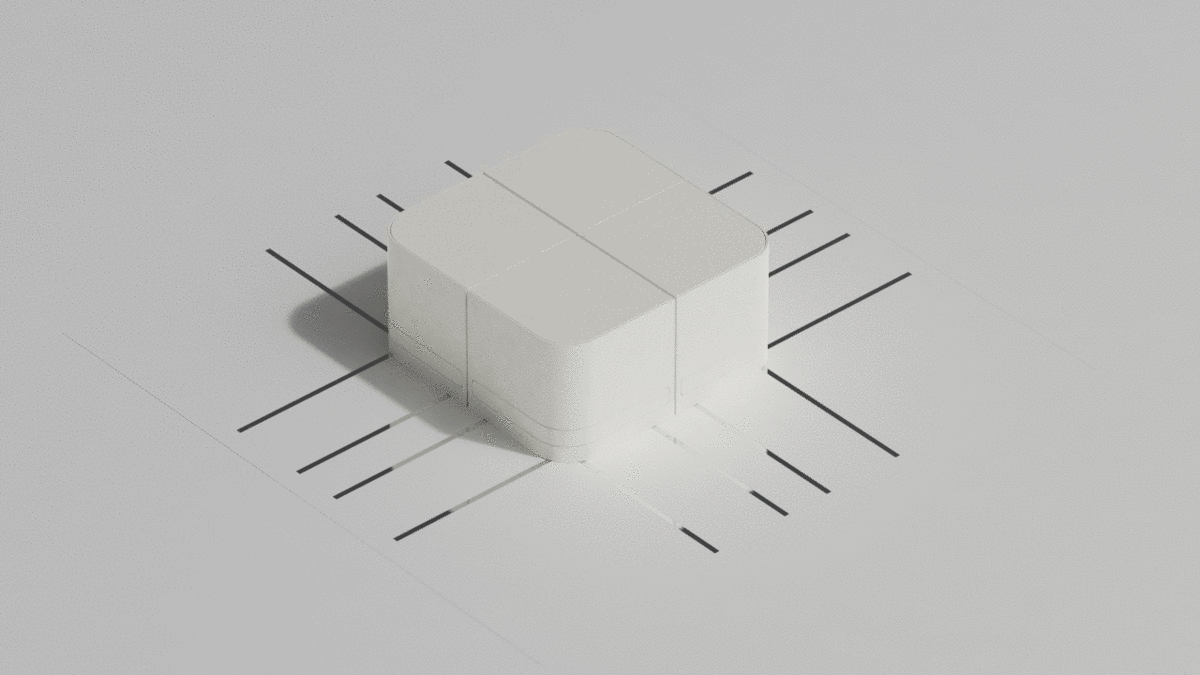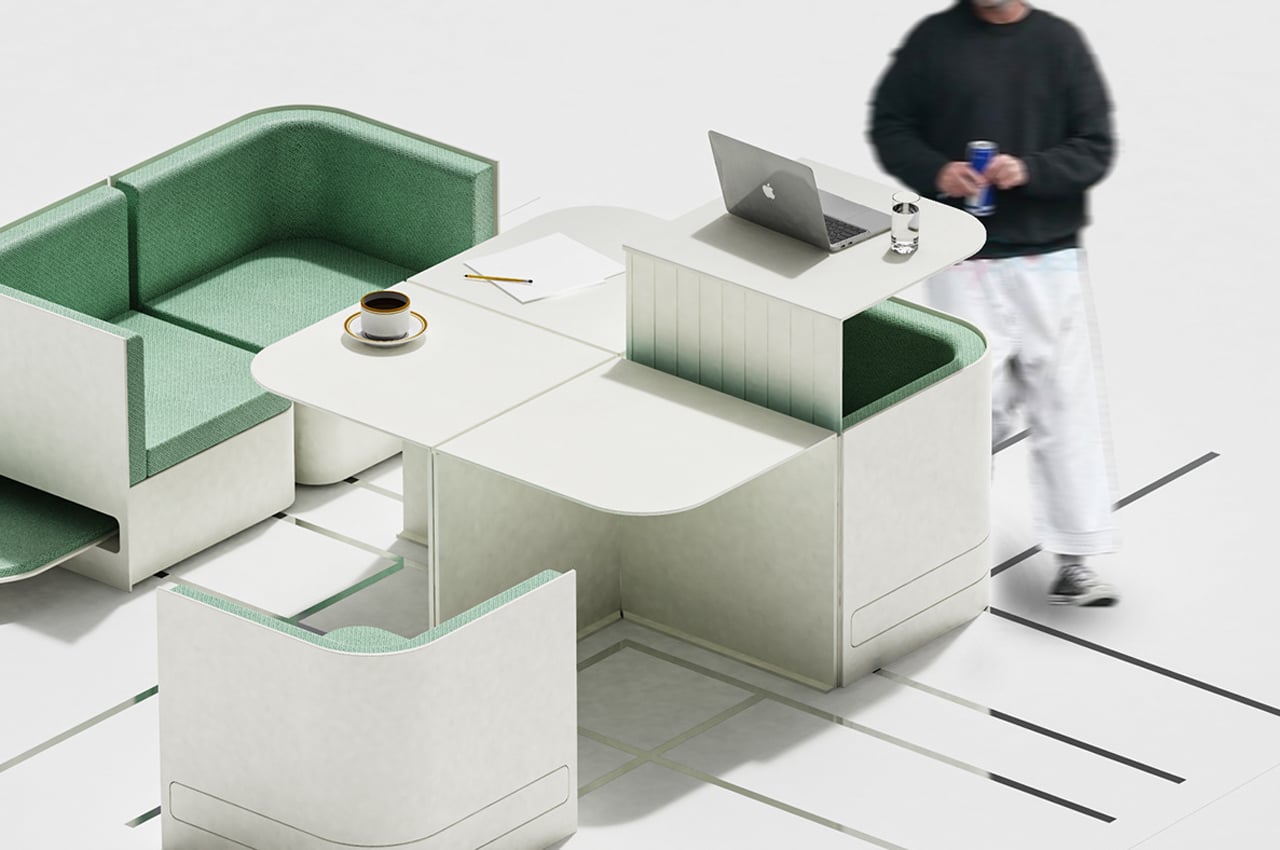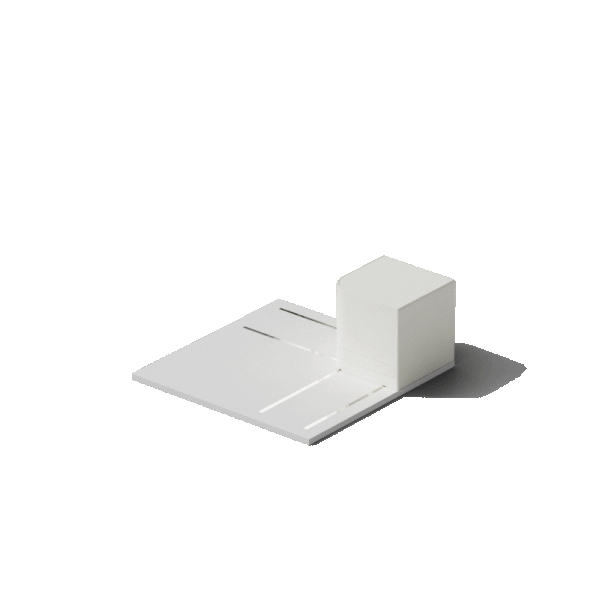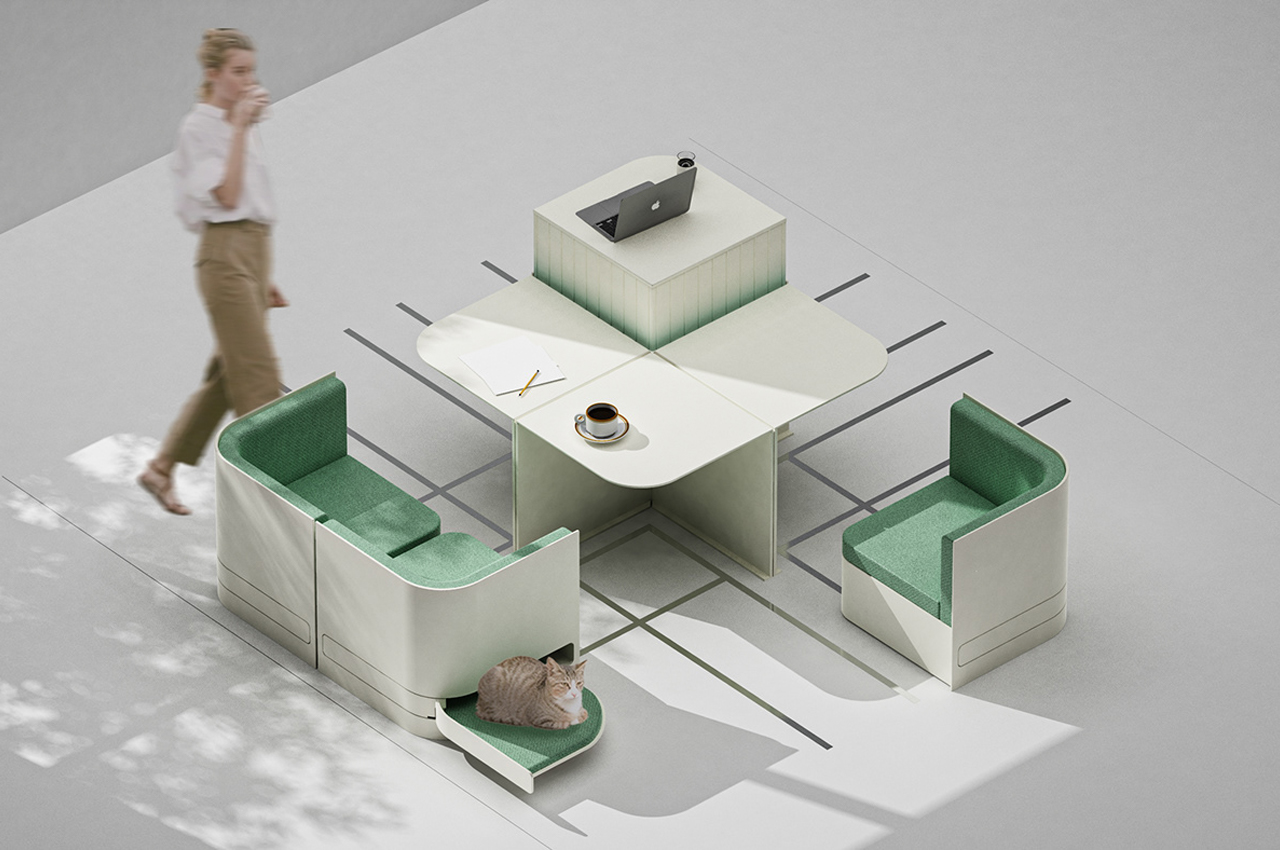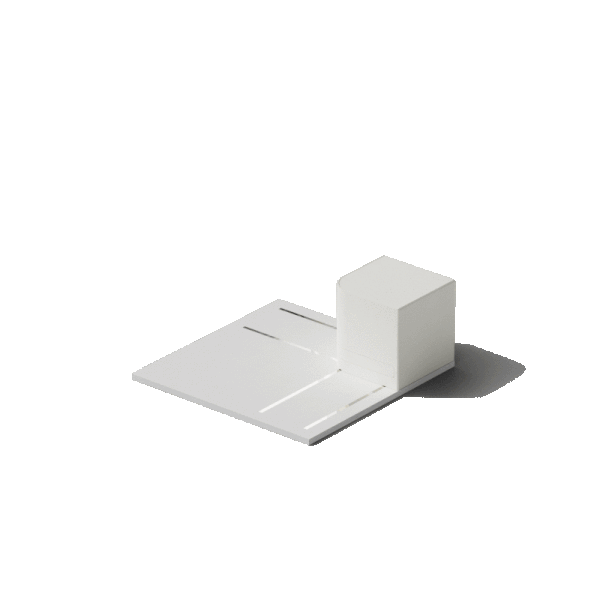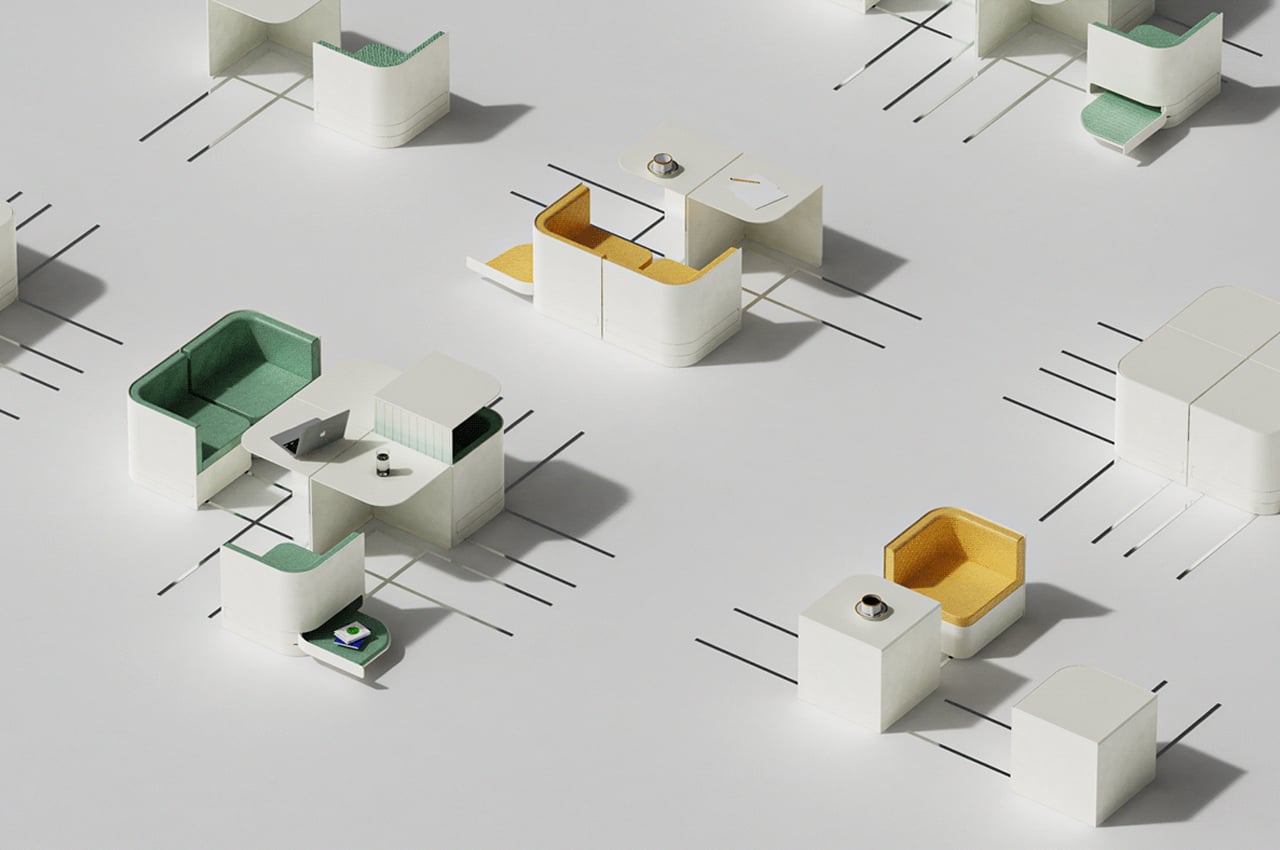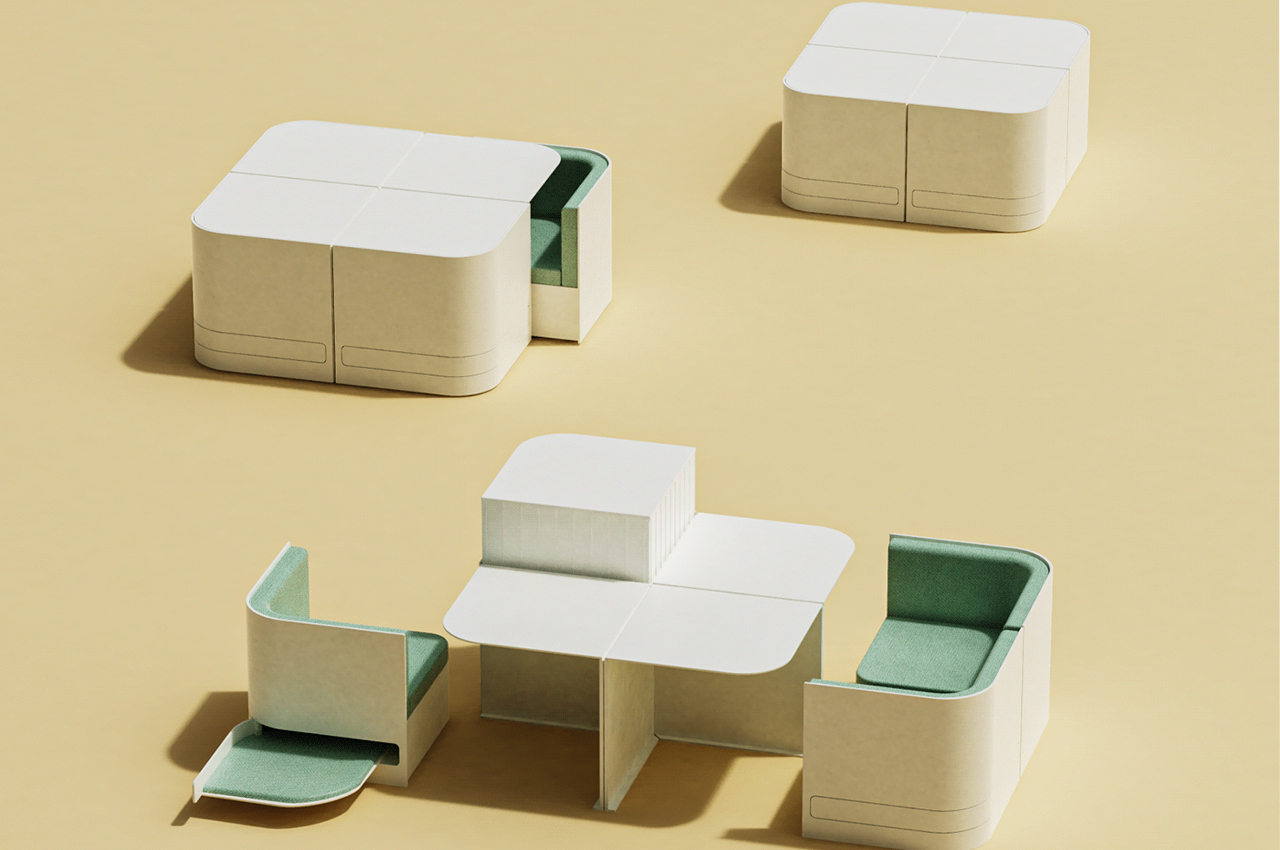Those who have limited spaces at home will always be on the lookout for furniture that can have multiple purposes. Some furniture can serve dual functions while there are those that can be both decorative and useful. There are also those that can be stored quickly when not in use, therefore giving you more space while also making what limited space you may have look better. Finding something that can do all of that can be a challenge but there are a lot of creative furniture designers out there that are up to that challenge.
Designer: Robert van Embricq

The Flow Wall Desk is something that might be able to fit all of those requirements for a piece of furniture. When “stored” and folded up, it looks like a piece of art on your wall with its minimalist, geometric shapes. Initially it’s a flat canvas and when you unfold it, it looks like a “spiraling caterpillar” and you realize that it is turning into a desk where you can work, read, or write on your journal. Despite its multi-functionality, it has a pretty simple design that is also sustainable.



For it to turn from a contemporary work of art on your wall to a functional piece of furniture, all you have to do is unfold it and turn it on its axis. There are hinges that help turn it from art to a desk. From a flatpack design, it becomes a tabletop where you can work, relax, or even eat if you don’t have a dining table in your apartment. The table has wooden slats surrounding it to add to the design and to also give you a sense of privacy when you’re working or going about your business.



Once you’re done using it and you need to have more space in your area, you can just put it back up and it becomes part of your house’s decoration once again. Actually, even when it’s unfolded into a desk, you still get a pretty good-looking piece of furniture which reminds me of those bamboo organs but on a smaller scale. I wouldn’t mind having the Flow Wall Desk on my wall and as a smaller desk for me when I need a minimalist space for work.



The post Flow Wall Desk transforms from a work of art into a functional table first appeared on Yanko Design.
